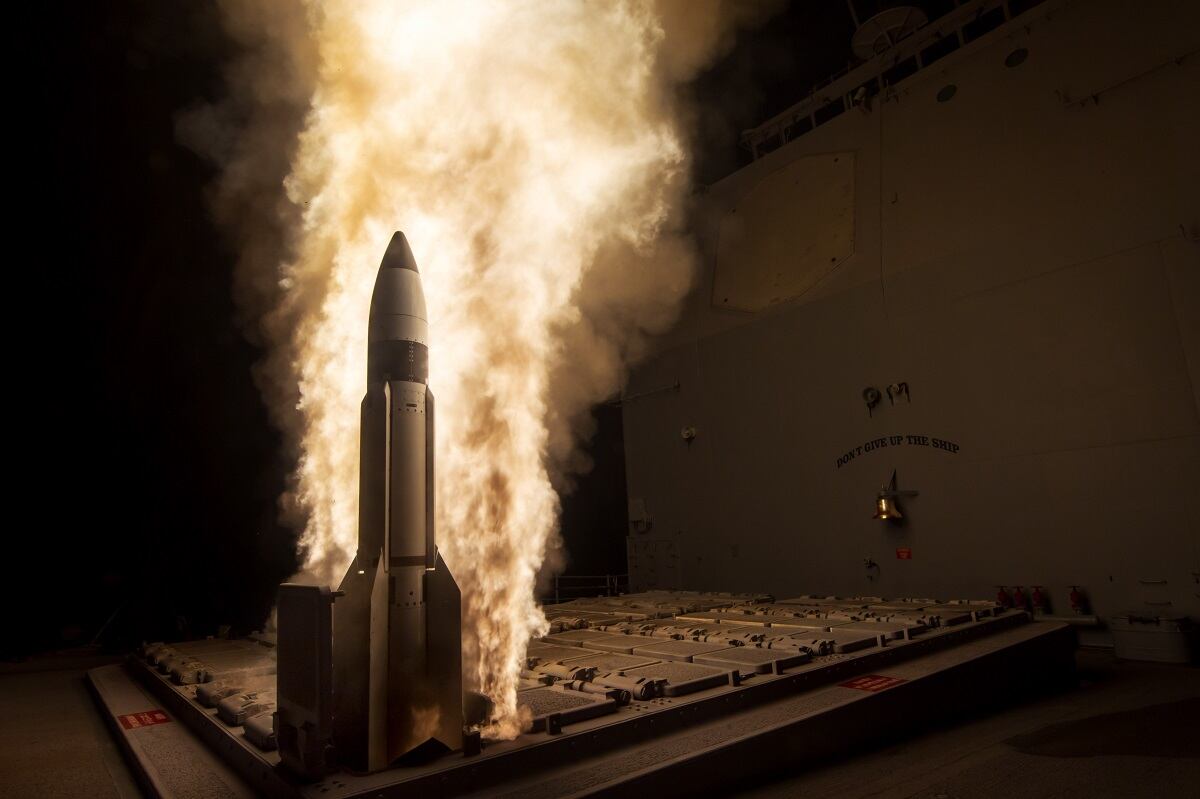LONDON — An industry team led by BAE Systems has secured a £160 million (U.S. $224 million) deal with the British Ministry of Defence to help fix long-running propulsion problems that have blighted the reliability of the Royal Navy’s Type 45 destroyer fleet.
BAE, along with partners BMT Defence Services and Cammell Laird, are to undertake what the MoD calls the power improvement project, or PIP, which principally will see the anti-air warships’ two existing diesel generators replaced with three larger units.
The warships have suffered a number of embarrassing breakdowns at sea due to problems with the propulsion system during operations in high temperatures, undermining confidence in the reliability of the six destroyers.
The worst of the problems saw ships losing all electrical power and propulsion while at sea.
“Our aim is to rapidly restore command confidence in the power and propulsion system of the Type 45 fleet, demonstrate value for money, and safeguard vital skills for future generations of warship support,” said David Mitchard, managing director at BAE Systems’ Maritime Services.
In announcing the deal Wednesday, the MoD said in a statement: “The first of class conversion is expected to complete in 2021, with follow on ships completed during the early 2020s. The program is dependent on the availability of ships to undertake the conversion, balanced against the Royal Navy’s standing and future operational commitments.”
BAE is the prime contractor. BMT Defence Services will be responsible for the design, and Cammell Laird will undertake the conversion work at it’s Birkenhead shipyard in northwest England.
RELATED

Cammell Laird has also teamed with BAE in a bid to design and build the new class of Type 31e general purpose frigates proposed for the Royal Navy.
The PIP is part of a two-pronged MoD program, called Project Napier, to resolve a problem triggered mainly by an intercooler issue with the two Rolls-Royce gas turbine engines, which are also used to power the destroyer.
Project Napier is expected to cost the MoD about £250 million.
The initial effort has seen Rolls-Royce involved in an equipment-improvement plan for the gas turbines, with the second phase being the longer-term effort to replace the existing diesels with more powerful generators.
The campaign group, Save the Royal Navy, described the problem succinctly in 2016:
The Type 45s use an integrated electric propulsion system with two WR-21 gas turbines and two Wartsila diesel generators providing power to the ship.
The otherwise highly successful Type 45s launched in 2006, employing what was then a pioneering integrated full-electric propulsion system, which uses gas turbines and diesels to power electric motors, which turn the propellers and provide power to the ship.
Rolls-Royce told reporters last year that it had come up with a fix for the recuperator problem.
Company executives said the modified engine had already been tested onboard a Type 45 in the waters around the U.K. and they planned to conduct sea trials of the revised system on an international deployment.
Andrew Chuter is the United Kingdom correspondent for Defense News.







